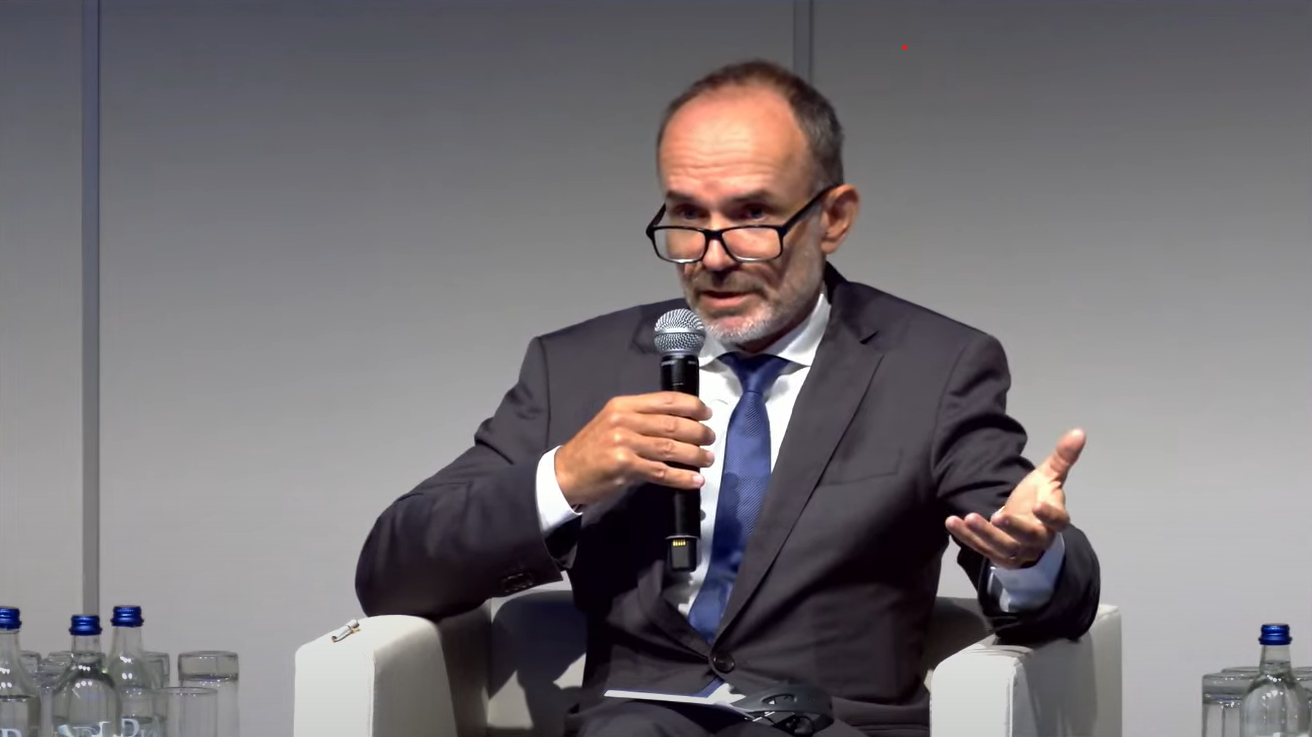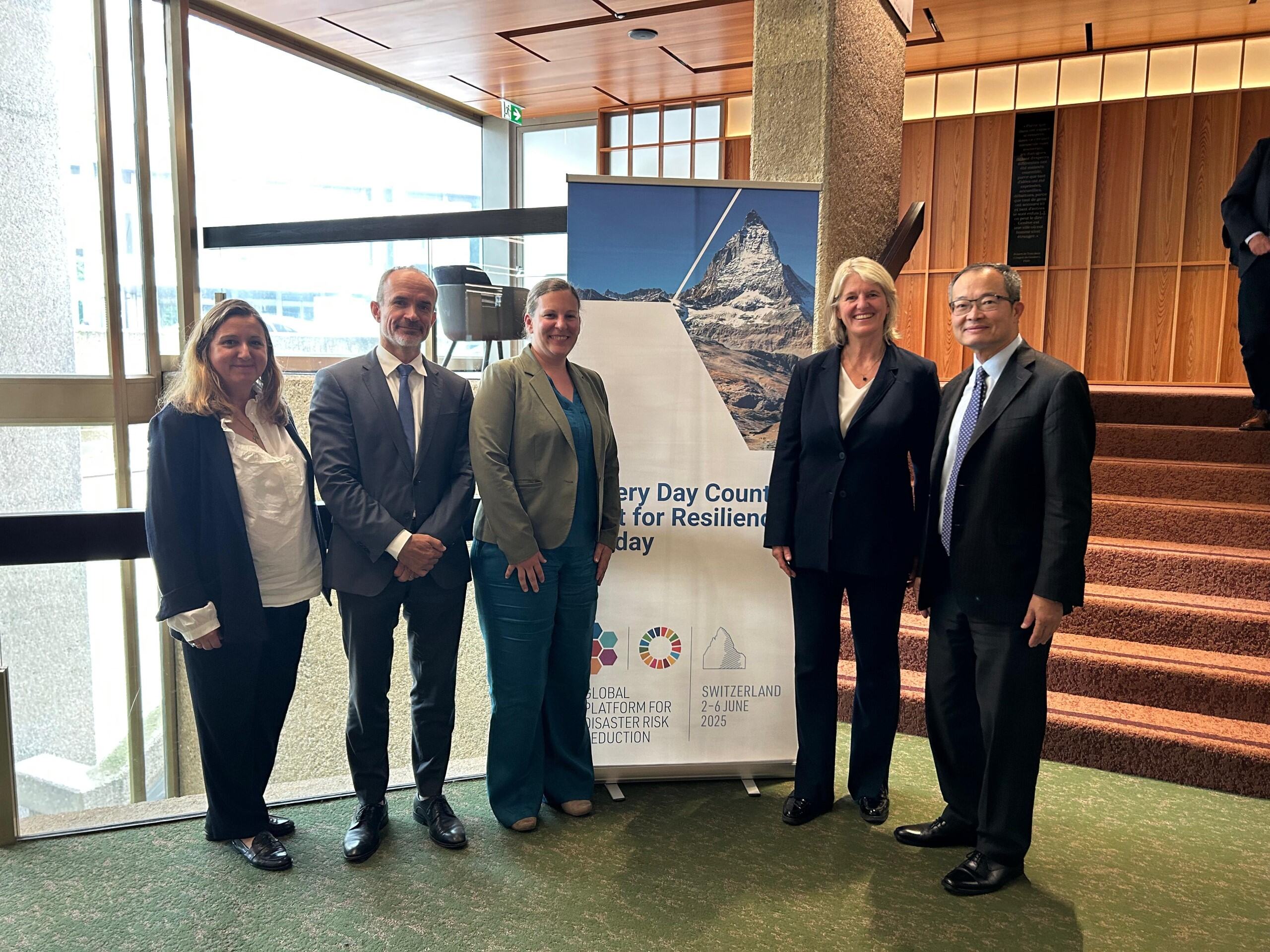At the 2025 Global Platform for Disaster Risk Reduction in Geneva, the City Resilience Program showcased how cities can lead the way in reducing disaster risk and building lasting resilience. The costs of disasters now exceed US$2.3 trillion annually, according to the United Nations Office on Disaster Risk Reduction’s latest Global Assessment Report. This reality demands urgent, coordinated action.
The City Resilience Program highlighted how data-driven planning, local capacity building, and innovative financing are key to unlocking resilient urban futures.
At a technical session co-organized by the City Resilience Program, Niels Holm-Nielsen, Practice Manager of the World Bank Global Facility for Disaster Reduction and Recovery, emphasized that investing in people and strengthening local capacity is one of the most effective ways to unlock greater financing for urban resilience.

Niels Holm-Nielsen, Practice Manager at the Global Facility for Disaster Reduction and Recovery, World Bank speaking at a technical session during the 2025 Global Platform for Disaster Risk Reduction
The session featured the case of the Msimbazi Basin Development Project (MBDP) in Dar es Salaam, Tanzania, where the City Resilience Program helped fund local capacity building activities and provided technical services to enhance investment planning and preparation.
Key areas of support included:
- Modeling scenarios to attract private sector investment through a multi-phase, $900 million real estate program in the MBDP special planning area.
- Advising on resilient infrastructure planning.
- Preliminary costing of essential infrastructure needed to support the proposed urban growth and supporting the procurement of urban design services.
- Assisting with project structuring and advising on land transactions to engage the market and boost long-term value and the economic impact of resilience-driven development.
This work enabled the Government and local communities to build consensus on flood resilience solutions for the Msimbazi River Basin.
We also spotlighted tools like the City Scan, demonstrating how cities are overcoming early-stage bottlenecks -- especially gaps in data and urban resilience understanding -- to identify investment priorities and move from planning to action.

The City Scan booth by the City Resilience Program at the 2025 Global Platform for Disaster Risk Reduction
The tool goes beyond providing data. Presenting the Program’s work in cities like Tunis, the team showed how the City Scan fosters collaboration and participatory planning. It helps city leaders, planners, and development partners align key priorities and catalyze action.
To date, the tool has informed over US$2.2 billion in World Bank resilience investments.
Additionally, we connected with key partners at the Global Platform, including Agenzia Italiana per la Cooperazione allo Sviluppo, SECO Economic Cooperation and Development and Ministero degli Affari Esteri e della Cooperazione Internazionale to advance opportunities to scale urban resilience globally.

A meeting with the City Resilience Program’s long-standing partner, the Swiss Economic Cooperation and Development Agency, SECO
Together, we’re turning local governance, data-driven decision making, and access to finance into urban resilience impact.
